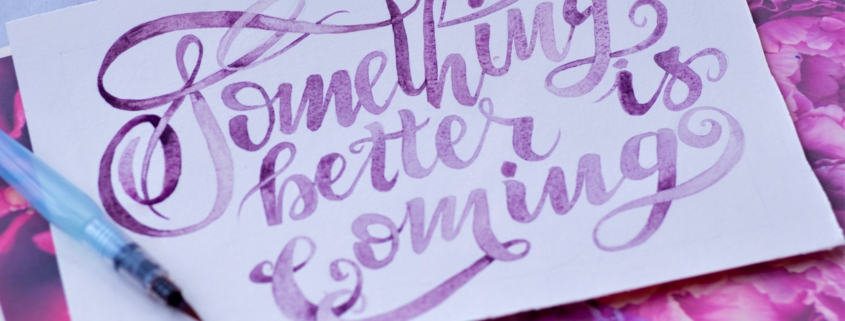WHAT ARE AFFIRMATIONS AND HOW TO USE THEM?
 Positive affirmations are statements and phrases used to combat negative and unhelpful thoughts. In the process, you will improve your self-esteem and positive thinking by reprogramming your subconscious to let go of your negativity. Stating positive affirmations to yourself will help you improve your behavior, thinking, and/or habits.
Positive affirmations are statements and phrases used to combat negative and unhelpful thoughts. In the process, you will improve your self-esteem and positive thinking by reprogramming your subconscious to let go of your negativity. Stating positive affirmations to yourself will help you improve your behavior, thinking, and/or habits.
Positive affirmations are statements or phrases meant to combat negative and unhelpful thoughts; and in the process, help improve your self-esteem and positive thinking.
A simple explanation for how positive affirmations work is the law of attraction. The idea behind the law of attraction is that we attract the things that we focus on; accordingly, positivity will attract positive outcomes, while negativity attracts negative outcomes. Through positive affirmations, you consciously seek positive thinking to seek out a positive outcome.
PSYCHOLOGY BEHIND AFFIRMATIONS
Although it may seem as if there is no science to back-up the notion behind positive affirmations, there are several psychological theories that support the notion. In 1988, Claude Steele proposed a particular theory behind affirmations known as the self-affirmation theory. In this theory, Steele states that we have a fundamental motivation to maintain our self-integrity, or our natural perception of ourselves as being good, virtuous, and capable to control the outcome of important events. Steele noted that affirmations allow us to preserve and support our unconscious self-integrities; thus through time, our subconscious will accept the affirmation as being true.
BENEFITS AND USES
- Affirmations have been known to decrease stress and rumination.
- Those who develop positive affirmations have a lower likelihood of dismissing warnings against harmful health habits by changing for the better and engaging in healthy habits.
- Affirmations have been used to increase patients’ receptiveness to interventions.
- Positive affirmations motivate those who use them daily, and provide a source of encouragement for their daily endeavors.
- Positive affirmations have also been used as a means to become goal-oriented.
HOW TO USE THEM
The main goal in making affirmations for yourself is to maintain consistency. Create a concise phrase to repeat to yourself twice (or more) times a day. Preferably, you will recite your affirmation at the start of your day to have a fresh and positive start to your day, as well as when you go to bed to induce positive thinking before you think. Although there is no clear-cut method to forming an affirmation, below are some essential steps if you are designing an affirmation to fit you.
FORMING A POSITIVE AFFIRMATION
Step 1: Begin your sentence with “ I AM “
By using the words “I am”, you are issuing your subconscious, a direct command in which it has to follow through on.
Step 2: Use present tense
When forming your affirmation, you must speak as if you have already attained your goal. This allows you to easily visualize the outcome you wish for yourself.
Step 3: Make it brief
Don’t make your affirmation too lengthy. A concise affirmation will not only be easier to remember, but also easier to repeat to yourself.
Step 4: Be specific
A broad affirmation will become difficult to visualize, unmotivating you. By creating a specific one, you will find it much easier to visualize the outcome you want.
Step 7: Make it mean something to you
Don’t copy an affirmation you found online! Make your affirmation have personal meaning to you. It’s all right to alter an affirmation to fit your needs, but it should not be a carbon copy of someone else’s.





Trackbacks & Pingbacks
[…] Positive affirmations are statements and phrases used to combat negative and unhelpful thoughts. In … […]
[…] the idea behind this is that our subconscious is motivated by maintaining self-integrity. When utilizing positive affirmations, we are allowing our conscious mind to bring a certain belief […]
Leave a Reply
Want to join the discussion?Feel free to contribute!